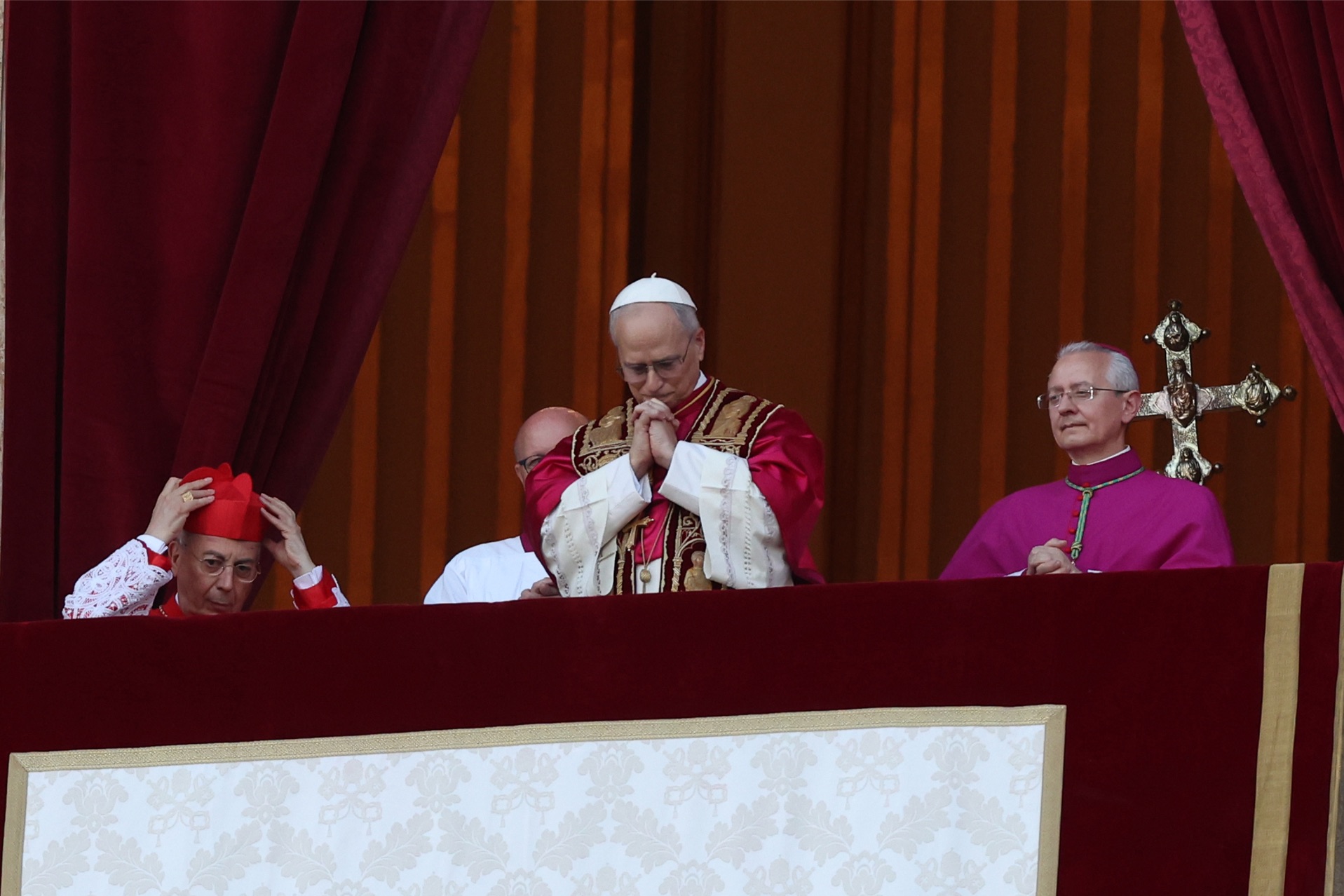Who was this man called Joseph? Scripture tells us very little about him except to say that he was the husband of Mary and the foster father of Jesus Christ and that he worked as a carpenter. Saint Joseph’s Day was adopted by the Franciscans in 1399. By the year 1621, March 19 became the compulsory Catholic feast day, but it was not until 1955 that Pope Pius XII designated the Feast of Saint Joseph the Worker on May 1, in honor of the workers of the world.
While many Americans celebrate Father’s Day in June, Italians honor their Dads on Saint Joseph’s Day. As an important part of this honor, they specifically cite the virtues of love, compassion, kindness, generosity and acceptance, words which serve to define the essence of this man we have come to know as Joseph. But why he is defined in such terms?
Of the four apostles credited with writing the Gospels, only the versions of Matthew and Luke make any mention of Saint Joseph. The last time Joseph is mentioned in scripture is St. Luke’s narration of the holy family’s pilgrimage to Jerusalem in celebration of Passover. Jesus, after having become separated from Joseph and Mary, is found in the temple, questioning the elders. After this account, Joseph becomes noticeably absent from scripture. He is not mentioned at the wedding feast of Cana, nor is he mentioned during the ministries of Jesus or at His crucifixion or Jesus’ interment in the sepulcher.
Photo Credit: Samuele Gaudio acrylic copy of St. Joseph with Child by Guido Reni.
Photo Credit: Samuele Gaudio acrylic copy of St. Joseph with Child by Guido Reni.
Historians, theologians and scholars of ancient customs have recorded their thoughts and brought them to light, so that besides the information gleaned from scripture, we might get a better understanding of what life was like in the days of Mary and Joseph and a better idea of the inner struggle with which Joseph was dealing.
These historians may help clear up some confusion regarding Joseph’s relationship to Mary. Scripture mentions the word “betrothed” regarding Joseph’s relationship to Mary. According the Jewish culture and law, the betrothal was an engagement to be married established between bride and groom and was legally binding. Actually, it was much stronger than the term “engagement” that we, in our society, use today. The betrothed woman, in accordance with Jewish Law, was considered the wife of the man to whom she was betrothed, although they did not live together until after they were married.
To illustrate the difference between the engagements of our culture today and that of the time of Mary and Joseph, according to Jewish Law, good cause was required to be shown in order to break off an engagement. The man could not just decide to break off the betrothal. He would have had to petition the religious authorities and charge the woman with a misdeed with another man. The woman would then be treated as an adulteress.
What follows such a charge is not a pretty sight. The Old Testament tells us that adulterers were sentenced to death by stoning. Historians tell us that the townspeople, mostly men would arm themselves with stones weighing about a pound, some smooth and round but others might be cracked and chipped with sharp edges capable of inflicting great injury and severe bleeding. Once the stoning had begun, it would continue, possibly for hours, until there was no longer any sign of life left in the condemned, which meant she would have suffered hours of slow torturous pain.
The Gospel of Matthew tells us that Mary after having become betrothed to Joseph “… but before they came together, was found to be with child by the Holy Spirit.” In other words, Mary was pregnant and was starting to show. Of course, Joseph couldn’t help noticing her condition and, to say the least, was troubled by this. There seems to be no evidence in scripture that Mary had explained anything to Joseph regarding her pregnancy, so one could, no doubt, understand his confusion.
Joseph, knowing that he had never touched her, may have thought to divorce her. But it was not quite that simple because, in order to obtain a bill of divorce, he would have had to state a reason. If he mentioned adultery, Mary would no doubt have been sentenced to death by stoning.
Joseph, having a good understanding of Jewish Law, reasoned that if there was an offense committed, it was against him and he had a right to ignore the offense if he so chose. So to protect Mary and keep her from humiliation, and possibly death, he chose to assign no blame: He simply planned to send her away secretly.
But of course, he was still troubled. An inner conflict raged in Joseph’s soul as he prayerfully meditated and struggled with the dilemma before him. Sleep did not come easily, but finally when it came, an angel of the Lord appeared to him in a dream saying, “Joseph, son of David, do not be afraid to take Mary as your wife; for that which has been conceived in her is of the Holy Spirit. And she will bear a Son; and you shall call His name Jesus, for it is He who will save His people from their sins” (Matt. 1:20, 21).
If Joseph ever needed God’s help, it was then. If Jesus was God’s Son, then Joseph needed to know the truth. What came to him in a dream was not a command but an option which left him free to make his decision. He chose to be compassionate. So, is it any wonder that Italians honoring their fathers on Saint Joseph’s Day cite virtues which equate their fathers with a man we have come to know as Joseph?


























